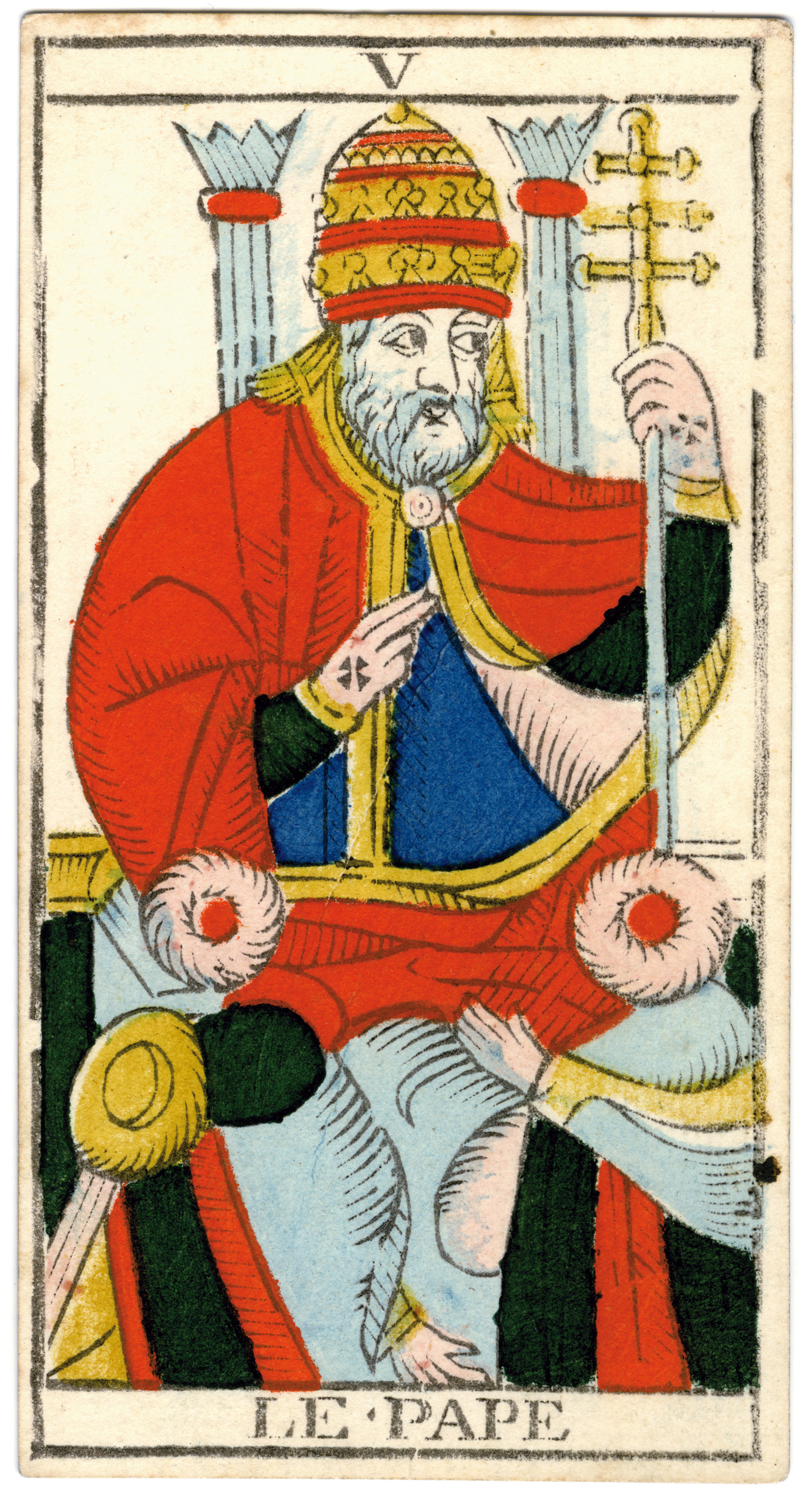Purple Magazine
— F/W 2009 issue 12
Origins of the Tarot of Marseille
 All Tarot cards, wood engraving colored by stencil, courtesy of Philippe Camoin
All Tarot cards, wood engraving colored by stencil, courtesy of Philippe Camoin
interview by OLIVIER ZAHM
In 1760 Nicolas Conver engraved his famous TAROT OF MARSEILLE in his factory. PHILIPPE CAMOIN, the descendent of the House, has continued the tradition, restoring the Tarot of Marseille after years of collaborative historical research with Alejandro Jodorowsky.
OLIVIER ZAHM — Your family has been publishing the Tarot of Marseille, in Marseille, for decades.
PHILIPPE CAMOIN — Yes, we have, for generations. Officially, the Camoin factory dates back to 1760. Nicolas Conver, who founded our family’s business was a master card-maker, and was an engraver for the king’s court.
OLIVIER ZAHM — What are the origins of the Tarot of Marseille?
PHILIPPE CAMOIN — The historical and geographical origins are complex. Historians generally agree that the Tarot came out of 14th century Italy. But…